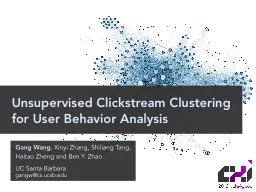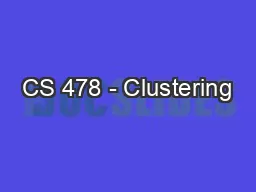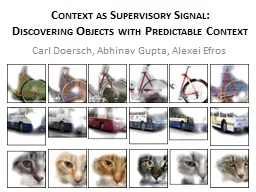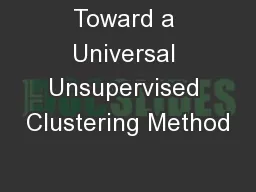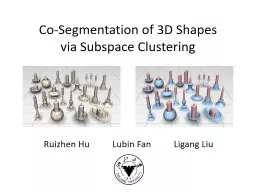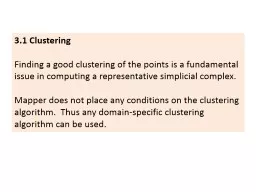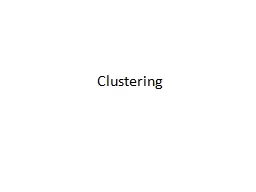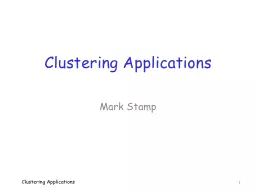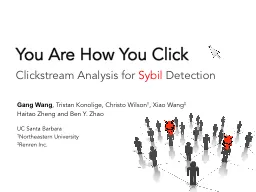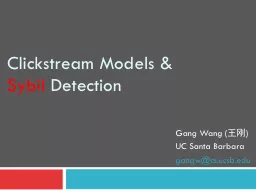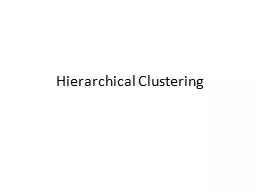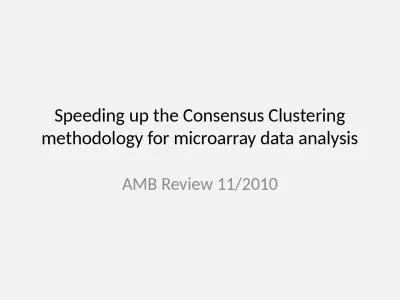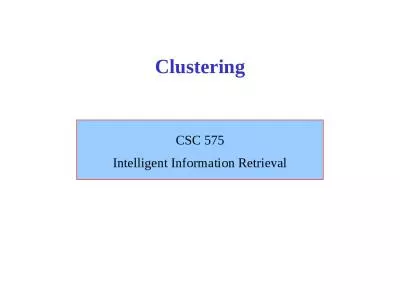PPT-Unsupervised Clickstream Clustering for User Behavior Analysis
Author : myesha-ticknor | Published Date : 2018-02-04
Gang Wang Xinyi Zhang Shiliang Tang Haitao Zheng and Ben Y Zhao UC Santa Barbara gangwcsucsbedu Online Services Are UserDriven Huge user populations in todays
Presentation Embed Code
Download Presentation
Download Presentation The PPT/PDF document "Unsupervised Clickstream Clustering for ..." is the property of its rightful owner. Permission is granted to download and print the materials on this website for personal, non-commercial use only, and to display it on your personal computer provided you do not modify the materials and that you retain all copyright notices contained in the materials. By downloading content from our website, you accept the terms of this agreement.
Unsupervised Clickstream Clustering for User Behavior Analysis: Transcript
Download Rules Of Document
"Unsupervised Clickstream Clustering for User Behavior Analysis"The content belongs to its owner. You may download and print it for personal use, without modification, and keep all copyright notices. By downloading, you agree to these terms.
Related Documents

